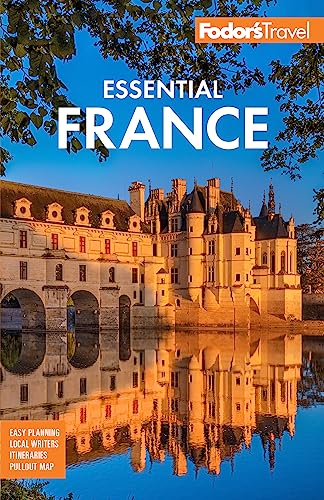Getting Oriented
The Ile-de-France, or the "island of France," is the poetic name for the area surrounding Paris and taking in the valleys of three rivers: the Seine, the Marne, and the Oise. Ever since the days of Julius Caesar, this has been the economic, political, and religious hub of France, and consequently no other region boasts such a wealth of great buildings, from Chartres to Fontainebleau and Versailles. Though small, it is so rich in treasures that a whole day of fascinating exploration may take you no more than 60 km (35 miles) from the capital.
- Western Ile-de-France. If you want to dig into the past, the Ile-de-France's richest frontier is the western half of the 60-km (35-mile) circle that rings Paris. The towns are charming and the sylvan woods are full of châteaux—including the world’s grandest one, Château de Versailles. Haunt of Louis XIV, Madame de Pompadour, and Marie-Antoinette, it is a monument to splendidly wretched excess and once home to 20,000 courtiers and servants. More spiritual concerns are embodied in Chartres Cathedral, a soaring pinnacle of Gothic architecture. Nineteen kilometers (30 miles) north are landscapes of lasting impressions: Giverny and Auvers, immortalized by Monet and Van Gogh, respectively.
- Eastern Ile-de-France. By traveling an eastward arc through the remainder of the Ile you can savor the icing on the cake. Begin with Chantilly, an opulent château noted for its royal stables, stunning gardens, and a top-notch art collection rivaled only by the Louvre’s. Northward lie medieval Senlis, and heading east, you’ll hit Disneyland Paris, where Mickey Mouse and his animated friends get a French makeover. Continuing south, two more magnificent châteaux—Vaux-le-Vicomte and Fontainebleau—were built for some of France's most pampered monarchs and ministers.




